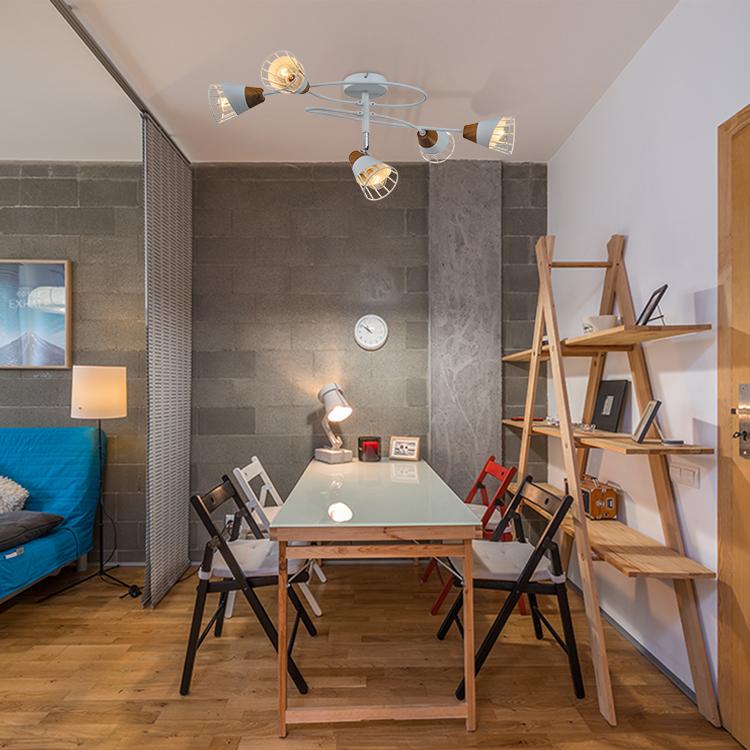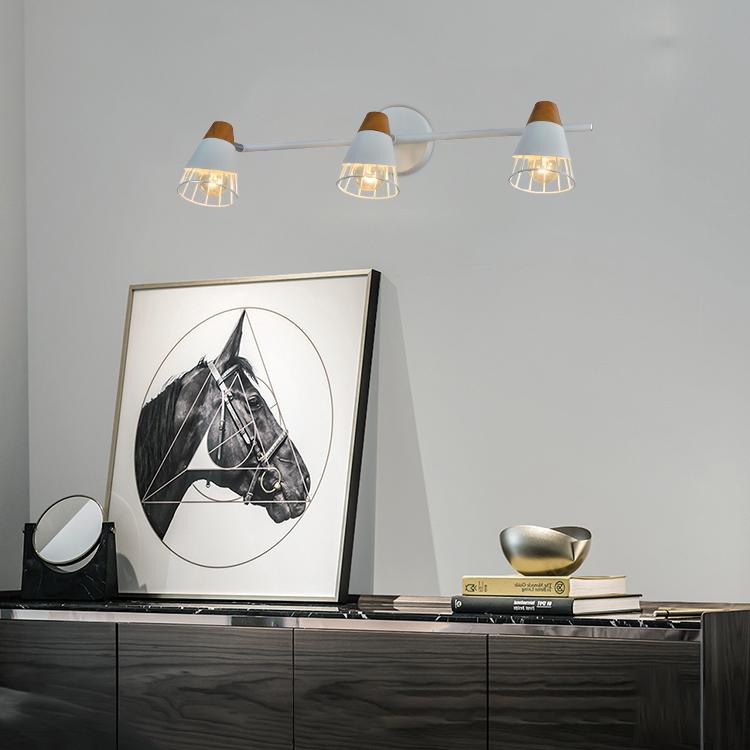With the continuous improvement of people’s living standards, people’s health awareness is getting stronger and stronger, and their aesthetic ability is also getting stronger and stronger. Therefore, for interior decoration, reasonable and artistic lighting design is already indispensable. So, what are the more popular lighting methods nowadays?
Indoor lighting design generally has several lighting methods: direct lighting, semi-direct lighting, indirect lighting, semi-indirect lighting and diffuse lighting. Below, we will introduce their respective meanings and illumination calculation methods.
1.Direct lighting
As the name implies, direct lighting means that after the light of the lamp is emitted, 90%-100% of the luminous flux can directly reach the working surface, and the loss of light is less. The advantage of direct lighting is that it can create a strong contrast between light and dark in the space, and can create interesting and vivid light and shadow effects.
Of course, we also have to admit that direct lighting is prone to glare due to its high brightness. For example, in some factory settings, and in some old classrooms.
2. Semi-direct lighting method
The semi-direct lighting method is the most commonly used in modern luminaires design. It blocks the upper and side edges of the light source through a translucent lampshade, allowing 60%-90% of the light to be directed towards the working surface, while the other 10% -40% of the light is diffused through the translucent shade, making the light softer.
This lighting method will cause more loss of brightness of the lamps, and it is more edible in low-rise environments such as homes. It’s worth mentioning that because the diffused light from the lampshade can illuminate the top of the house, this “increases” the height of the top of the room, which in turn creates a relatively high sense of space.
3. Indirect lighting method
Indirect lighting is very different from direct lighting and semi-direct lighting. It blocks 90%-100% of the light from the light source through the ceiling or front, and only irradiates less than 10% of the light to the work surface.
There are two common methods of indirect lighting: one is to install the opaque (semi-direct lighting is to use a translucent lampshade) lampshade at the lower part of the bulb, and the light is reflected on the flat roof or other objects as indirect light; the other The lamp bulb is set in the lamp trough, and the light is reflected from the flat top to the room as indirect light.
It should be noted that if we use this indirect lighting method alone for lighting, we should pay attention to using it in conjunction with other lighting methods, otherwise the heavy shadow under the opaque lampshade will affect the presentation of the entire artistic effect. Introduction The lighting method is often used in shopping malls, clothing stores, conference rooms and other places, and is generally not used for main lighting.
4. Semi-indirect lighting method
This lighting method is just the opposite of semi-direct lighting. The translucent lampshade is installed at the lower part of the light source (semi-direct lighting is to block the upper part and the side), so that more than 60% of the light is directed to the flat top, and only 10%-40% of the light is emitted. The light diffuses downward through the lampshade. The advantage of this lighting method is that it can produce special lighting effects that make spaces with lower floor heights appear taller. Semi-indirect lighting is suitable for small spaces in the house, such as hallways, aisles, etc.
5. Diffuse lighting method
This lighting method refers to the use of the refraction function of the lamps to control the glare and diffuse the light around. This kind of lighting generally has two forms, one is that the light is emitted from the upper opening of the lampshade and reflected by the flat top, the two sides are diffused from the translucent lampshade, and the lower part is diffused from the grille. The other is to use a translucent lampshade to seal all the light to produce diffusion. This type of lighting has soft light performance and visual comfort, and is mostly used in bedrooms, hotel rooms and other spaces.
Of course, a reasonable and artistic interior lighting design scheme must be inseparable from the combination of various lighting methods. Only by fully coordinating two or even multiple lighting methods among them can a certain artistic effect be achieved while meeting the lighting needs.






